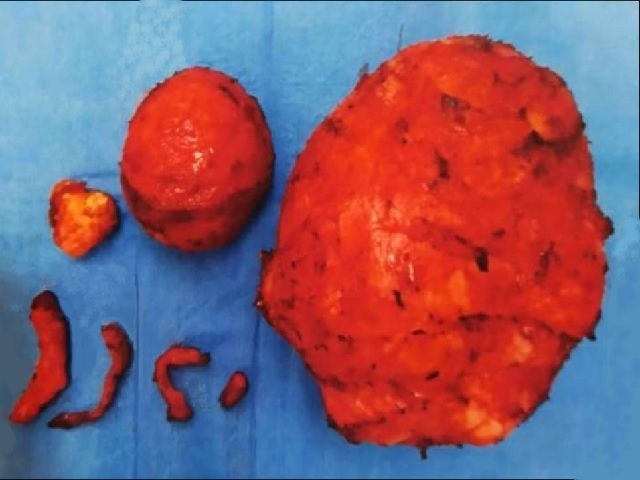Latest Evidence in the Pathogenesis of Uterine Fibroids
DOI:
https://doi.org/10.5530/ctbp.2022.2.24Keywords:
Uterine Fibroid, Neoplasm, Estrogen, Pathogenesis, HysterectomyAbstract
Uterine fibroids (UF) are extremely common neoplasm affecting in up to 8 out of 10 women during middle or late reproductive years leading to significant morbidity. Some of the serious complications associated with UF including abortion, abnormal foetal formation, obstructed labour, postpartum haemorrhage in pregnancyand premature deliveries in pregnant women’s whereas heavy and prolonged menstrual bleeding, pelvic pressure, anaemia, urinary incontinence, constipation and infertility in non-pregnant women’s.Hormonal irregulation particularly estrogen hormone, genetics, epigenetics, environmental factors, and lately gut microbiotahave been associated in the pathogenesis of UF.The most common indication for UF is hysterectomy, whereas medications available less effective in most cases.There are various review articles have been published on UF in the past a decade. However, up to date review that comprehends epidemiology, pathogenesis, physiopathology, classifications of UF not discussed in detail. Thus, our goal is to explore and scrutinize every aspects within the topic to help provide absolute understanding on UF.



